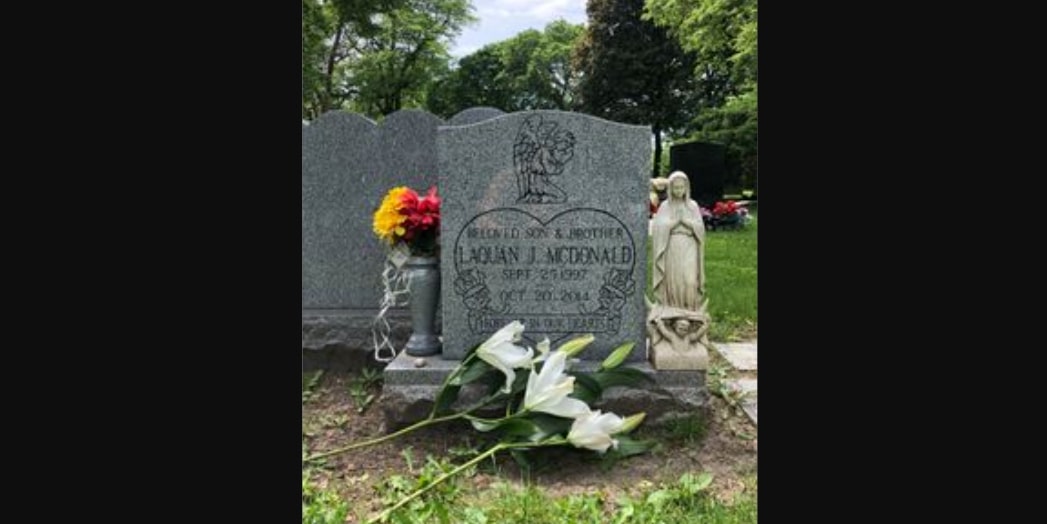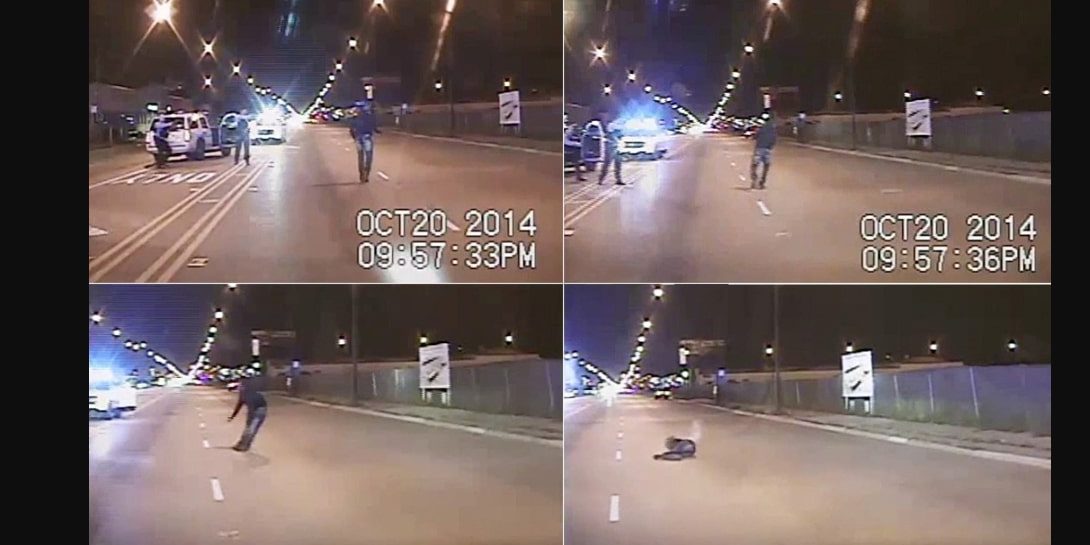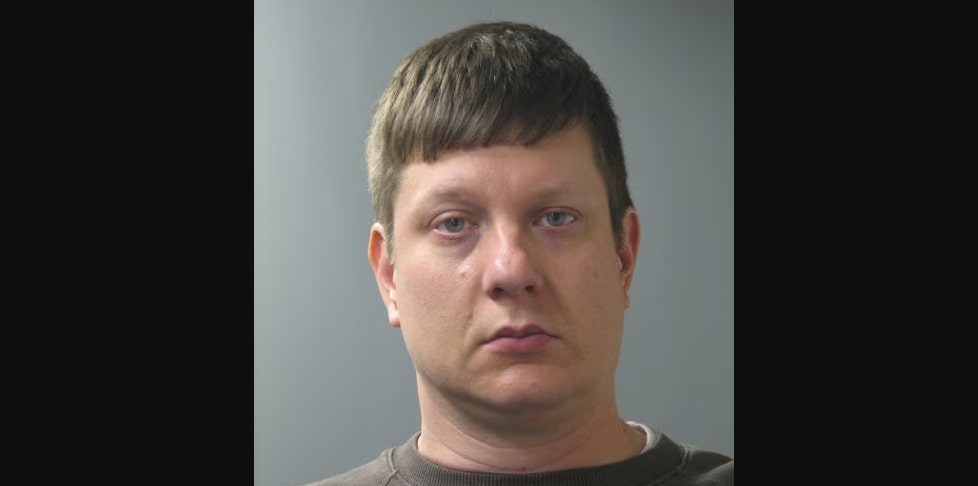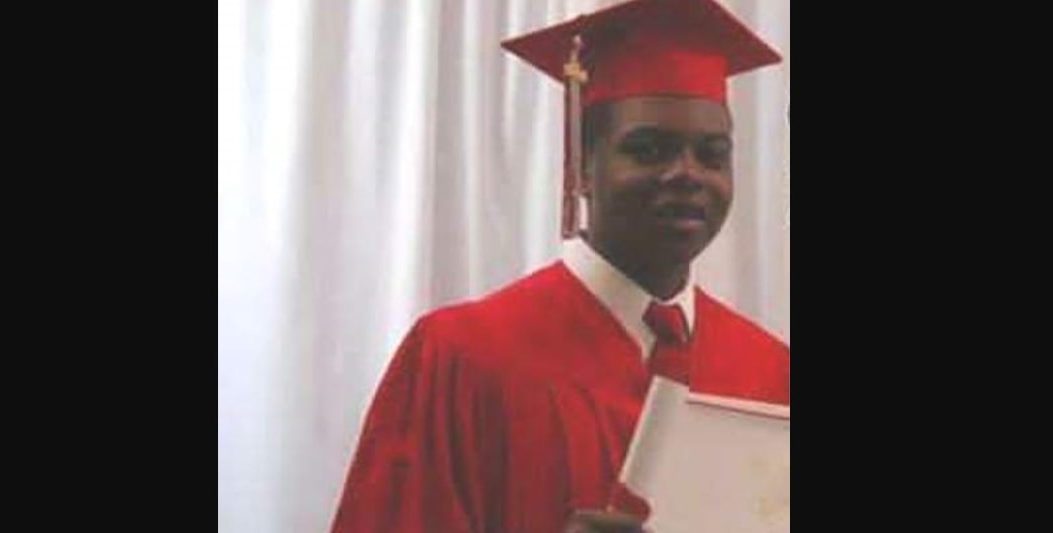In October 2014, Laquan McDonald, a high school student from Chicago, Illinois, was rushed to the hospital and later pronounced dead from what was initially reported as a single gunshot wound. However, public interest in the case remained strong, with many demanding further answers. Months later, it was revealed that the teen had actually been shot 16 times. This shocking discovery, along with other revelations surrounding the incident, sparked massive public outrage and calls for accountability, ultimately leading to justice for those responsible. Netflix’s ‘The Truth About Jussie Smollett’ references this case to shed light on the operations and controversies within the Chicago Police Department during that period.
Laquan McDonald Was a High School Student When He Was Killed in Chicago
Laquan Joseph McDonald was born on September 25, 1997, in Chicago, Illinois. His mother, Tina Hunter, was a teenager when she had him and his younger sister, Tariana. He had a younger brother as well. At the age of three, Laquan and his sister were placed in the custody of the Illinois Department of Children and Family Services, leading him to live in multiple foster homes and with various relatives. He had no relationship with his father, but his extended family and others close to him loved him deeply and affectionately nicknamed him “Bon Bon.”

Reports indicate that Laquan faced several mental health challenges and learning disabilities, spending time in detention centers during his youth. Despite these struggles, he was making efforts to improve his life. He attended Sullivan House High School, a Chicago institution for at-risk students, where teachers described him as respectful and rarely in trouble. In 2014, he earned $1,100 through the Youth Advocate Program after school. On October 12, 2014, while in Chicago’s Archer Heights neighborhood, Laquan was pronounced dead at Mount Sinai Hospital from a gunshot wound to the chest, which was later ruled a homicide. Traces of PCP were also reported to be in his system during the autopsy.
The Truth About Laquan McDonald’s Death Came to Light Months Later
On October 12, 2014, around 9:45 pm, police reported receiving a call about Laquan McDonald allegedly breaking into vehicles and carrying a 3-inch knife, which he was using to slash tires. Officers claimed that they instructed him to drop the weapon, but he did not. Shortly after, Officer Jason D. Van Dyke arrived at the scene and opened fire. The initial police report classified the shooting as a justifiable homicide. When questioned, Van Dyke stated he believed Laquan was about to lunge at him with the knife and claimed he fired in self-defense, feeling threatened.

In April 2015, the city of Chicago agreed to pay McDonald’s family a $5 million settlement, despite no civil lawsuit having been filed. As part of the agreement, any video evidence from the dash cam or other sources related to the incident was to remain sealed until the investigations concluded. Speculation continued to swirl regarding the cause of Laquan’s death and the details of the shooting, prompting journalists to seek answers. Using the Freedom of Information Act, they obtained the medical examiner’s report and videos of the incident. Journalist Jamie Kalven later published the medical examiner’s findings, revealing that Laquan had not been shot once, but 16 times. He sustained gunshot wounds to his neck, chest, back, both arms, and right leg, with a graze wound on his left scalp. Notably, nine of the 16 shots struck him in the back, and he was shot while lying on the ground.
Laquan McDonald’s Case Prompted Review and Revaluation of the Police Machinery
In May 2015, another journalist filed a lawsuit against the City of Chicago for withholding the video. In November of that year, a judge ordered the release of the dashcam footage to the public. The videos revealed that Laquan was walking away from the officers and had not lunged at them in any way. While he had been swinging the knife in his right hand, it was observed to be aimless and not threatening. Combined with the medical report, it became clear that the case was not as initially portrayed. On November 24, the same day the videos were released, Jason Van Dyke was arrested and charged with first-degree murder. The case was investigated by the State Attorney’s Office, and in April 2015, the US Attorney’s Office also joined the investigation after noticing the discrepancy in the actual footage and the initial reports.

After the October 2018 conviction of Van Dyke for second-degree murder, Chicago saw renewed protests demanding police accountability and systemic reform. Activists called for greater transparency, stricter use-of-force policies, and the resignation of city officials accused of mishandling the case. The public outrage prompted significant changes, such as the Chicago Police Department adopting revised training protocols emphasizing de-escalation, the city expanding the use of body cameras, and the US Department of Justice conducting a civil rights investigation, resulting in a 2019 consent decree mandating comprehensive police reforms. Three officers, David March, Joseph Walsh, and Thomas Gaffney, were acquitted in January 2019 of conspiracy, official misconduct, and obstruction of justice in the case.


